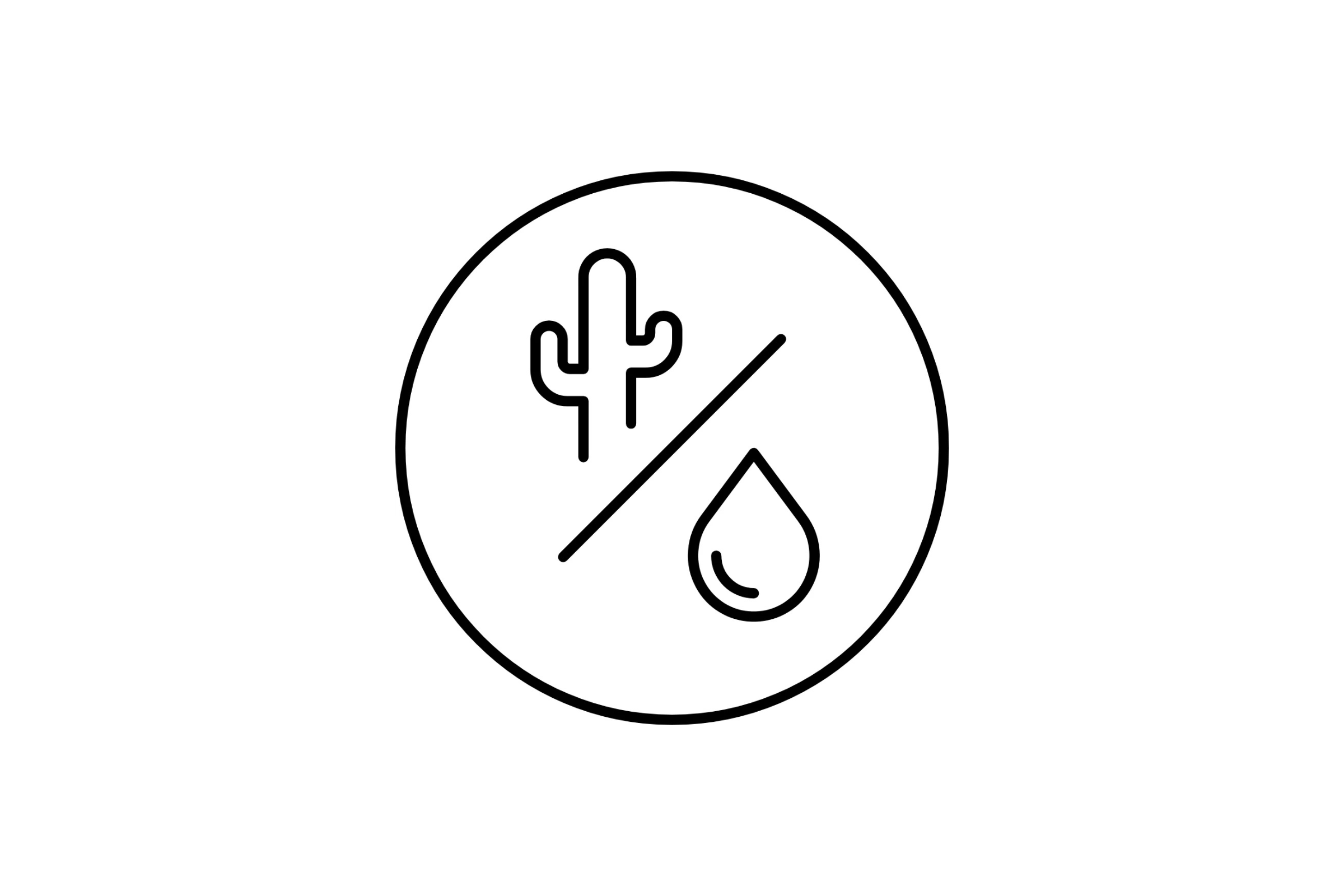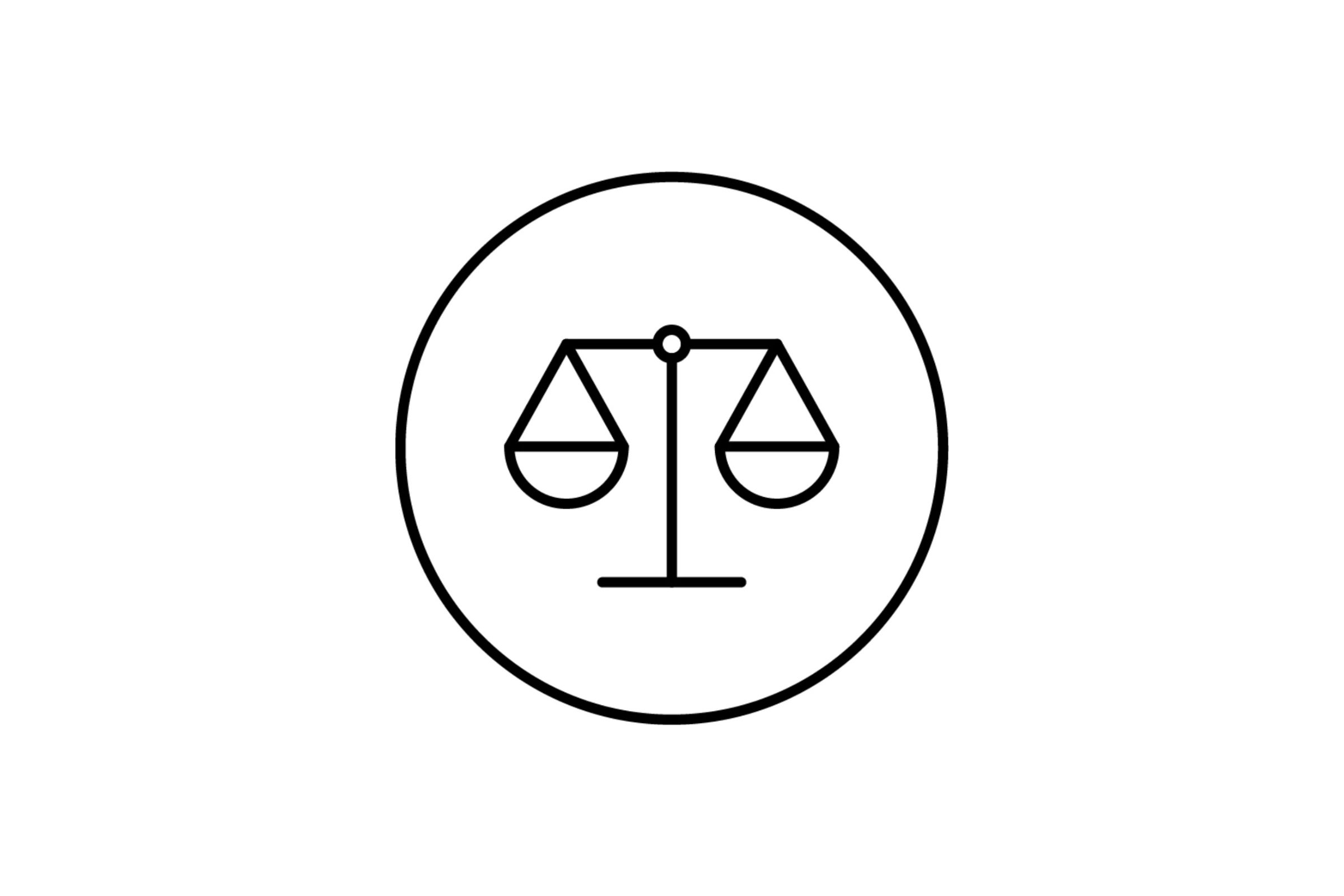

Combination Skin Care Guide: Balance Dry and Oily Areas
Sabina JasinskiCombination skin can be a bit tricky to manage, as it involves balancing both oily and dry areas on the same face.
If you notice some areas of your skin feel oily while others are dry or flaky, you may have combination skin.
But what exactly causes combination skin, and how can you effectively care for this unique skin type?
Let's break it down.
What is Combination skin?
Combination skin is a skin type that exhibits characteristics of more than one skin type. Typically, the T-zone (forehead, nose, and chin) tends to be oily, while the cheeks and other areas may be dry or normal.
This skin type can be tricky to care for because it requires a balance of treatments that address both oily and dry areas.
With the right approach, combination skin can be kept healthy, radiant, and well-balanced.
How To Know If You Have Combination Skin
You may have combination skin if you experience:
- Oily T-zone: The forehead, nose, and chin (T-zone) are shiny, oily, or prone to breakouts.
- Dry or normal cheeks: The cheeks and other areas outside the T-zone may feel dry, flaky, or tight.
- Visible pores: Large pores are common in the oily areas, particularly in the T-zone.
- Uneven skin texture: Skin can feel smooth in some areas (like the cheeks) but rough or greasy in others.
- Frequent breakouts and dryness: You may experience breakouts in the T-zone while the rest of your face feels dry or irritated.
Characteristics & Texture of Combination Skin
Combination skin is defined by an uneven distribution of oil and moisture, where some areas—typically the T-zone (forehead, nose, and chin)—are oily, while others, like the cheeks and jawline, may be dry or normal. This oil imbalance can lead to both breakouts in oilier zones and dryness or flakiness elsewhere, making combination skin uniquely challenging to care for.
The texture of combination skin reflects its dual nature. The oily areas often feel slick, congested, and have more visible pores, while the drier parts may feel tight, rough, or appear dull.
Achieving balance requires a smart skincare approach—using lightweight, oil-controlling products on the T-zone and nourishing, hydrating ones on the drier zones to support the skin’s overall harmony.
Causes of Combination Skin
Several factors contribute to combination skin, including:
- Genetics: Genetics play a significant role in determining how your skin behaves. If one or both of your parents have combination skin, you’re more likely to have it too.
- Hormonal changes: Hormones can affect sebum production, leading to oilier skin in certain areas, particularly during puberty, menstruation, or pregnancy.
- Diet: A diet high in refined sugars and dairy products can contribute to increased oil production, especially in the T-zone.
- Climate: Humid or hot climates can exacerbate oil production in the T-zone, while dry climates may worsen the dryness in the cheeks.
- Improper skincare: Using harsh products that strip the skin can lead to the production of more oil in the T-zone while drying out other areas of the face.
What Is the Best Skincare Routine for Combination Skin?
-
1. Cleanse:
Cleansers for Combination skinWhen choosing a cleanser for combination skin, the goal is to clean effectively without stripping moisture or over-stimulating oil production.
Recommended types of cleansers:
- Gel-based cleansers: Help remove excess oil in the T-zone without drying out drier areas.
- Mild foaming cleansers: Gently balance oil and hydration while deeply cleansing the skin.
- Cleansers with aloe vera or glycerin: Soothing and hydrating ingredients that clean without compromising moisture.
Look for pH-balanced, fragrance-free, and alcohol-free formulas to maintain the skin’s natural balance.
- Gel-based cleansers: Help remove excess oil in the T-zone without drying out drier areas.
-
2. Exfoliate:
Toners for Combination skinExfoliating toners are great for smoothing texture and minimizing pores while maintaining balance.
Ideal exfoliating options:
- Gentle AHA/BHA toners: Glycolic acid (AHA) works on dry areas, while salicylic acid (BHA) is great for oily T-zones.
- Niacinamide toners: Help regulate oil and reduce redness in both oily and dry areas.
- Hydrating toners with hyaluronic acid or aloe vera: Restore moisture without heaviness.
- pH-balanced toners help reset your skin’s acid mantle after cleansing.
📅 Use exfoliating toners 2–3 times per week to avoid irritation.
- Gentle AHA/BHA toners: Glycolic acid (AHA) works on dry areas, while salicylic acid (BHA) is great for oily T-zones.
-
3. Serum:
Serums for Combination skinSerums allow you to target different needs in different areas of your face.
Recommended serums for combination skin:
- Niacinamide serum: Regulates sebum, soothes dry areas, and refines pores.
- Salicylic acid (BHA) serum: Great for the oily T-zone to prevent clogged pores and breakouts.
- Hyaluronic acid serum: Deep hydration for drier parts without feeling heavy.
- Retinol serum: For smoothing skin tone and reducing fine lines—start slow if you’re a beginner.
💡 Tip: Apply targeted serums where they’re needed most—e.g., BHA in the T-zone, hyaluronic acid on the cheeks.
- Niacinamide serum: Regulates sebum, soothes dry areas, and refines pores.
-
4. Moisturise:
Moisturisers for Combination skinCombination skin needs a moisturizer that provides hydration without increasing shine or drying out already-dehydrated areas.
Moisturizer options:
- Oil-free or gel-based moisturizers: Great for the oily T-zone with a lightweight, matte finish.
Key ingredients: Hyaluronic acid, glycerin, aloe vera. - Light, balanced cream moisturizers: Hydrate the entire face without feeling greasy.
Key ingredients: Niacinamide, ceramides, squalane. - Multi-functional mattifying creams: Keep oil in check without drying out drier areas.
Key ingredients: Niacinamide, zinc.
💧 Tips for application:
- Apply on damp skin to lock in moisture.
- Use a lighter cream on the T-zone and a richer one on drier areas if needed.
- Oil-free or gel-based moisturizers: Great for the oily T-zone with a lightweight, matte finish.
-
5. Protect:
Sunscreens for Combination skinSunscreen is essential to protect all areas of your face—even if some are oily and others dry.
Recommended sunscreen types:
- Broad-spectrum SPF 30 or higher.
- Mineral sunscreens (zinc oxide or titanium dioxide) are gentle and non-greasy.
- Lightweight textures that won't clog pores or feel heavy.
🌤 Tip: Apply daily, reapply every 2–4 hours with sun exposure.
- Broad-spectrum SPF 30 or higher.
-
6. Treat:
Treatments for Combination skinTreat different areas as needed using targeted products:
- Oilier zones: Clay masks or niacinamide/salicylic acid-based treatments to control shine and breakouts.
- Dryer areas: Hydrating masks with hyaluronic acid, ceramides, or aloe vera to replenish moisture.
- Spot treatments: Tea tree oil or calming ingredients for localized irritation.
🧖♀️ Use once or twice a week depending on your skin’s current needs.
- Oilier zones: Clay masks or niacinamide/salicylic acid-based treatments to control shine and breakouts.
Conclusion
Caring for combination skin requires a balanced approach, addressing both oily and dry areas without over- or under-moisturizing.
By understanding your skin’s specific needs and using the right products for each zone, you can maintain a healthy, balanced complexion.
If you're ever unsure, we can help tailor a routine that works for your skin's unique combination.
Get in touch
-
Customer service
shop@yourstore.com -
Follow us








